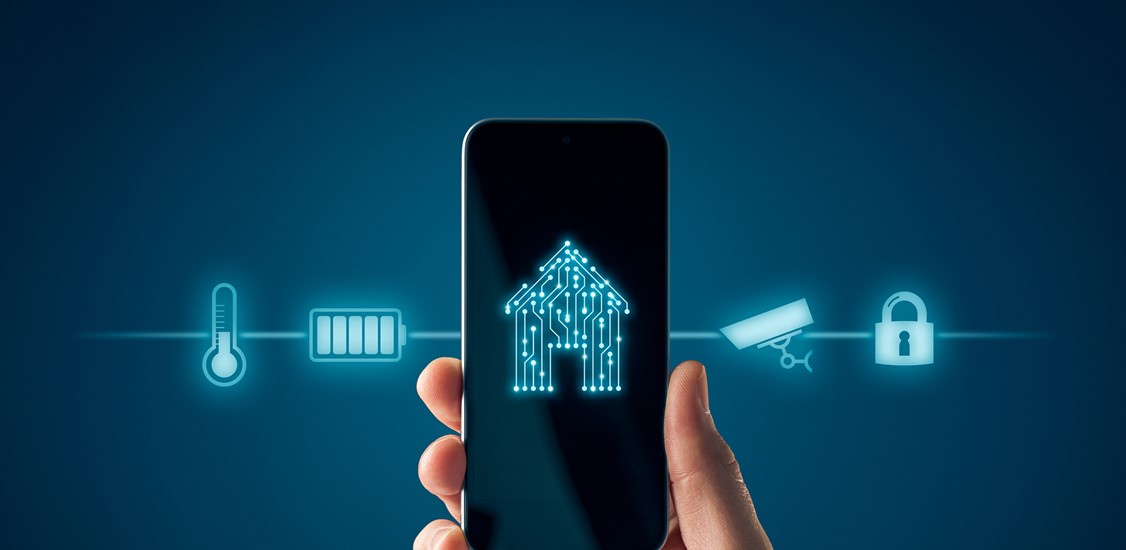There's no denying the impact Internet of Things (IoT) devices have across the world, and some estimate there will be as many as 30.9 billion connected devices by 2035. The potential reach and influence of this technology are undeniable.
And the world we live in is shaping use cases for these devices. Both businesses and consumers realize just how versatile and impactful they can be—from smartwatches and other consumer wearables to healthcare, supply chain logistics and even aids for property owners to monitor their spaces.
Several key factors are impacting IoT today and will continue to shape the industry as we move through the second half of 2022 and beyond. Let's dive into three trends making this such an exciting space to invest resources into this year.
1. Supply chain disruption
Supply chain issues have become a hallmark issue of the pandemic. Everything from semiconductors inside so many electronics and appliances to groceries and the auto industry have been impacted. Many companies are struggling to move inventory quickly from manufacturer to warehouse and into the hands of consumers. Even if the pandemic were to end today, it would take quite a while for the supply chain to recover.
IoT devices present an interesting way for companies to gain visibility into their supply chain and know in real time where shipments are located. Many companies are already doing this via fleet management. This gives them the data and information they need to adjust in real-time, rather than reacting when it's too late. We're seeing this in action with Maersk, one of the world's largest shipping providers, which is leveraging the data from hundreds of thousands of IoT devices to improve visibility, conditions control, customer needs, and more.
While the world waits for the supply chain to fully recover, consumers are looking for new ways to get their hands on these products. Due to the ongoing chip shortage, for example, many IoT devices are in short supply, and prices are skyrocketing because of this disruption. As a result, they're turning to nontraditional sources. Organizations are increasingly offering IoT devices through unique partnerships and discounts to win customer business and loyalty and in return, give their customers the tech that may be hard to track down right now and at a more attractive price.
2. Extreme weather events
The Washington Post reported that 4 in 10 U.S. residents were impacted by climate-related weather last year. Climate events are no longer isolated incidents that you see on the news - they're likely occurring in your backyard.
This will become more important as these events become more common. We saw this play out last year when the historic Texas freeze impacted millions and when devastating wildfires scorched 7.1 million acres in 2021 alone, according to the National Interagency Fire Center. This year alone we have seen one of the hottest summers on record, flooding, and wildfires and according to a climate report from Insurance Journal climate experts say that this due to climate change. Due to the growing number of risks IoT devices are playing an important role in monitoring the spaces and possessions most important to people.
This includes monitoring their homes for risks, such as rising water levels or leaks, and sounding alarms when they're away - or monitoring those same risks at a second property, such as a vacation home that may sit unattended for prolonged periods of time. As extreme weather becomes more frequent and unpredictable, these IoT monitoring capabilities will become more in demand.
3. Empowering consumers
In this digital world that we live in, the customer experience has become critical to how companies engage with those purchasing their products and services. People now have smartphones and wearables that are connected to IoT devices, and they crave that interaction from alerts and notifications customized to fit their needs.
For example, an Apple Watch is no longer just a way to send a text message without taking your phone out of your pocket. Users are leveraging the health aspects as well, including fall detection and heart rate monitoring. Other devices are helping people monitor or optimize their sleep—all while creating a positive customer experience that's having a real impact on their well-being and empowering the customer in the process.
IoT devices within the home are empowering consumers in similar ways. Products such as cameras, smart sensors, and other smart tech products within the home are helping homeowners keep tabs on aspects of their lives that they otherwise wouldn't have access to when at work or running errands. These devices and services put consumers in control, and that desire will only increase as innovation and new use cases emerge. With the shift in the market this year and inflation continuing to grow, consumers should look to invest in solutions like IoT to help reduce risk and costs.
The world around us is shaping how and why we use certain devices, including those in the IoT space—and we've only scratched the surface of what's possible. There are a number of exciting and important ways businesses, and their customers can invest resources into this technology in the year ahead to get the most out of it as we learn just how impactful IoT devices can be in our everyday lives.






















